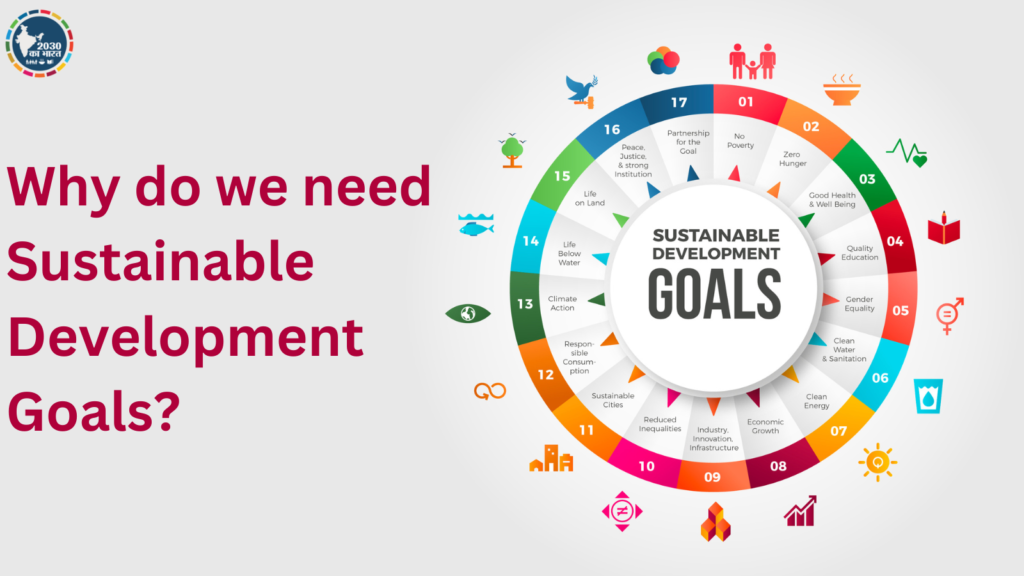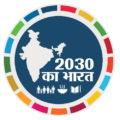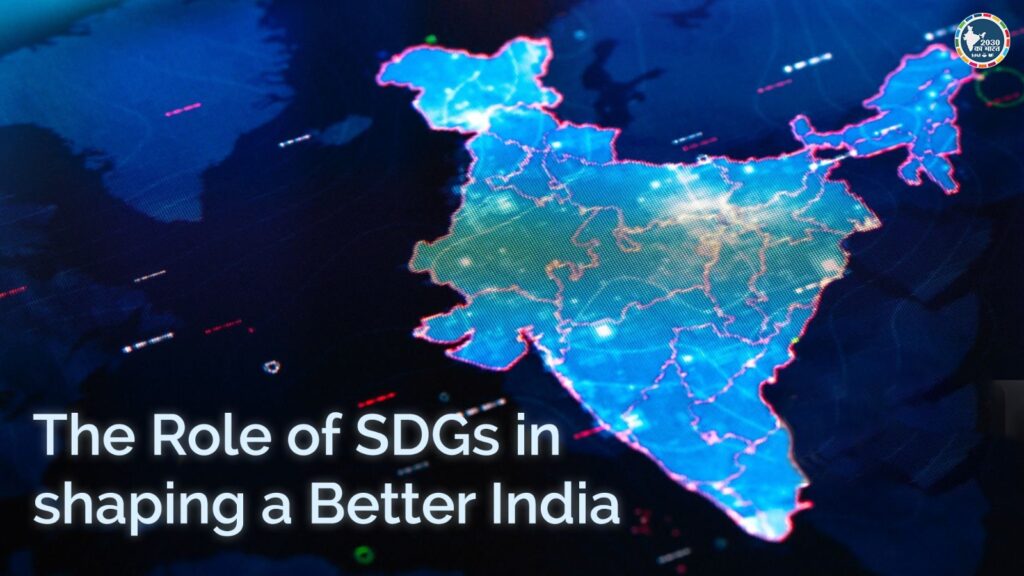17 SDGs OVERVIEW
In September 2015, the global leaders came together at the United Nations and adopted the 2030 Agenda for Sustainable Development, a shared commitment to end poverty, protect the planet, and ensure prosperity for all. At the center of this agenda are the 17 Sustainable Development Goals (SDGs), which outline specific targets across three key dimensions- economic growth, environment sustainability, and social inclusion.
The SDGs are not just for the developing countries, they are Universal Goals means, every nation, rich or poor, must work together in collaborative partnerships to achieve these objectives by 2030.
As articulated in the 2030 Agenda,
“Never before have world leaders pledged common action and endeavor across such a broad and universal policy agenda.”
These targets are
“Global in nature and universally applicable, taking into account different national realities, capacities and levels of development and respecting national policies and priorities.”
A set of indicators and a monitoring framework will also accompany the goals. The indicators are defined by the Inter-Agency and Expert Group on SDG Indicators (IAEGSDGs), which will present its recommendations to the UN Statistical Commission in March 2016.
The 17 SDGs (Sustainable Development Goals)
The 17 SDGs form a cohesive and integrated package of global aspirations the world commits to achieving by 2030. Notably, the SDGs address the most pressing global challenges of our time, calling upon collaborative partnerships across and between countries to balance the three dimensions of sustainable development – economic growth, environmental sustainability, and social inclusion.
- Goal 1: No poverty
End poverty in all its forms everywhere
- Goal 2: Zero Hunger
End hunger, achieve food security and improved nutrition and promote sustainable agriculture
- Goal 3: Good Health and Well-Being
Ensure healthy lives and promote well-being for all at all ages
- Goal 4: Quality Education
Ensure inclusive and equitable quality education and promote lifelong learning opportunities for all
- Goal 5: Gender Equality
Achieve gender equality and empower all women and girls
- Goal 6: Clean Water and Sanitation
Ensure availability and sustainable management of water and sanitation for all
- Goal 7: Affordable and Clean Energy
Ensure access to affordable, reliable, sustainable and modern energy for all
- Goal 8: Decent Work and Economic Growth
Promote sustained, inclusive and sustainable economic growth, full and productive employment and decent work for all
- Goal 9: Industry, Innovation, and Infrastructure
Build resilient infrastructure, promote inclusive and sustainable industrialization and foster innovation
- Goal 10: Reduced inequalities
Reduce inequality within and among countries
- Goal 11: Sustainable cities and communities
Make cities and human settlements inclusive, safe, resilient and sustainable
- Goal 12: Responsible Consumption and Production
Ensure sustainable consumption and production patterns
- Goal 13: Climate Action
Take urgent action to combat climate change and its impacts
- Goal 14: Life Below Water
Conserve and sustainably use the oceans, seas and marine resources for sustainable development
- Goal 15: Life on Land
Protect, restore and promote sustainable use of terrestrial ecosystems, sustainably manage forests, combat desertification, and halt and reverse land degradation and halt biodiversity loss
- Goal 16: Peace, Justice, and Strong Institutions
Promote peaceful and inclusive societies for sustainable development, provide access to justice for all and build effective, accountable and inclusive institutions at all levels
- Goal 17: Partnerships for the Goals
Strengthen the means of implementation and revitalize the global partnership for sustainable development
Why do we need Sustainable Development Goals?
Do global goals matter? Definitely yes!
Global goals such the SDGs complement international conventions and other tools of international law by providing a globally shared framework that fosters collaboration across countries, mobilizes all stakeholders, and inspires action. They help in:

- The SDGs will raise awareness and educate governments, businesses, civil society leaders, academics, and ordinary citizens about the complex issues that must be addressed. Children everywhere should learn the SDGs as shorthand for sustainable development.
- Unite the global community and mobilize stakeholders. Community leaders, politicians, government ministries, academics, nongovernmental organizations, religious groups, international organizations, donor organizations, and foundations will be motivated to come together for a common purpose around each SDG.
- Promote integrated thinking and put to rest the futile debates that pit one dimension of sustainable development against another.
- Support long-term approaches towards sustainable development.
The goals, targets, and indicators will allow public and private actors to identify what is needed and chart out long-term pathways to achieve sustainable development, including resources, timelines, and allocation of responsibilities.
- Define responsibilities and foster accountability.
In particular, the goals can empower civil society to ask governments and businesses how they are working towards every one of the new goals. Timely, accurate data on progress is crucial for effective accountability.
The 17 Sustainable Development Goals are more than just a roadmap, they are a call to action. Let’s work together to ensure the world we leave behind is better than the ones we have inherited.
For more information visit: https://2030kabharat.com/

